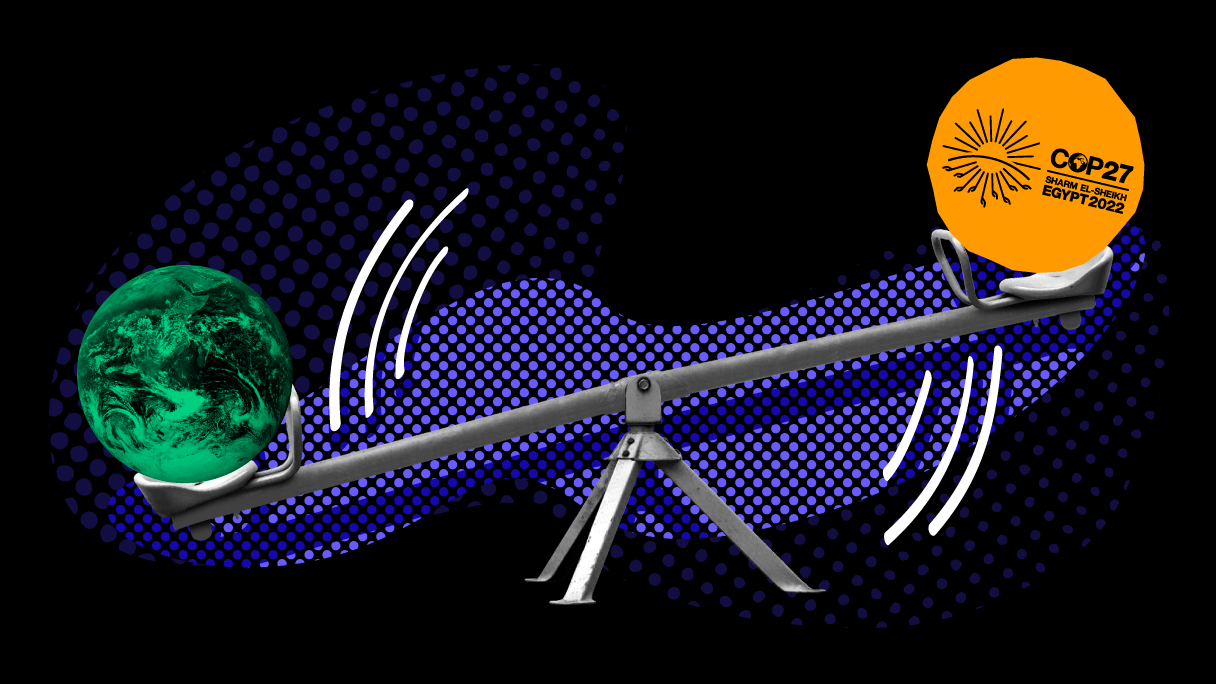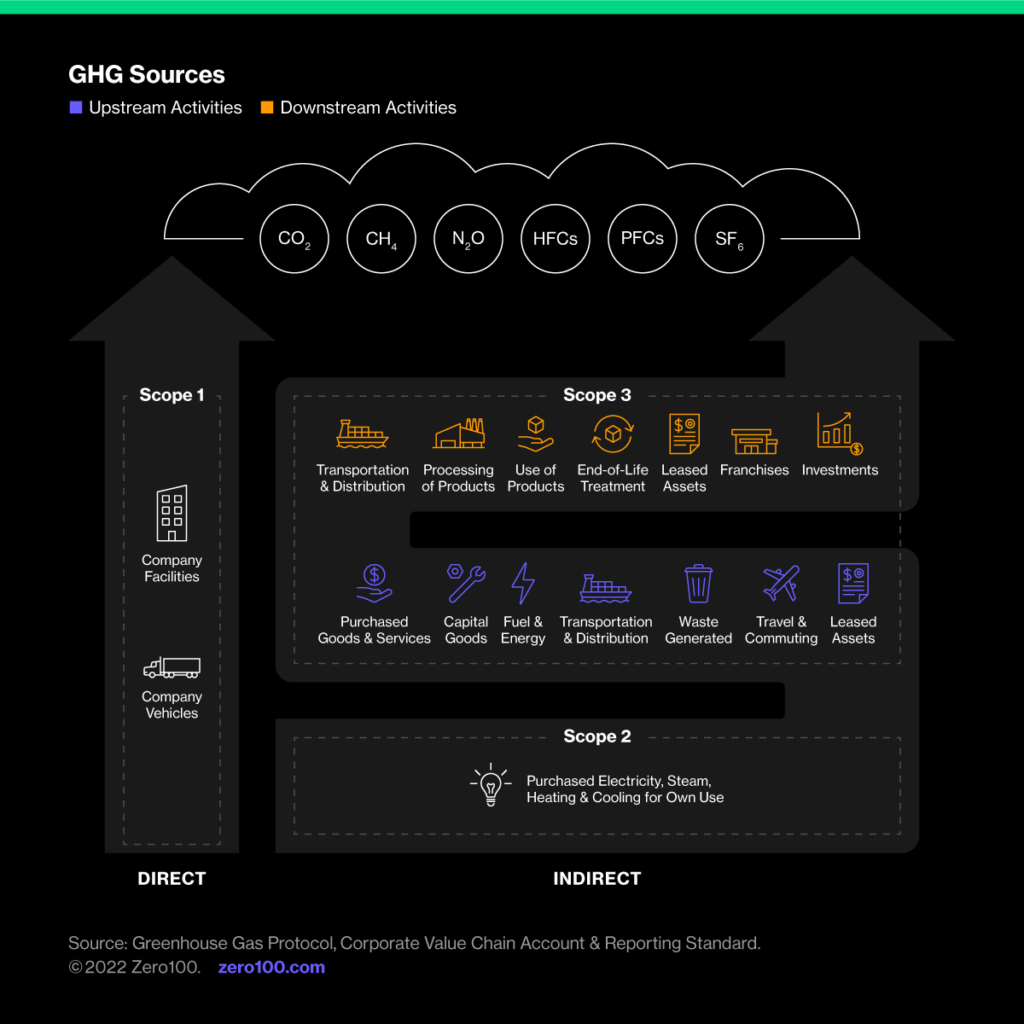
COP27 Fail and What Supply Chain Leaders Should Do About It
Political leaders won't be our climate change saviors, as demonstrated by the disappointing outcomes of COP27. We should turn to supply chain leaders, who obsess over measurement and can’t resist a target.
World leaders are not going to solve the climate change problem, but someone must. Maybe it's up to supply chain to save the world.
Alok Sharma, who led the negotiations at COP26 last year in Scotland had a few pithy comments summarizing the outcomes of this year's version in Egypt: "Emissions peaking before 2025, as the science tells us is necessary. Not in this text...Clear follow-through on the phase down of coal. Not in this text." Despite (or perhaps because of) the effort spent to win agreement on compensation funds for poor countries impacted by climate change, COP27 took a step backwards on solving the carbon problem.
No surprise really, since COP is just a giant version of the messy process of human governance so discredited since Brexit ushered in a wave of political self-immolation. World leaders are, after all, in power largely at the will of their people who, absent an immediate mortal threat are generally happier to take advantage of their fellow humans than take responsibility for our collective future. After all, World War I was supposed to be the war to end all wars. Oops.
What Gets Measured Gets Managed
If not our political leaders, then why, of all the saviors out there, turn to supply chain leaders? First, because supply chain is where much of the controllable carbon comes from including the energy to power our factories, fleets and farms and the materials we extract, convert, and deliver. But second, and even more important, because supply chain people obsess over measurement and simply can't resist a target – like for instance, getting to net-zero Scope 3 carbon by 2040, or whatever date is publicly promised.

The way supply chain people think about measurement includes an almost pathological sense of balance. Sales & operations planning is our national pastime because it manifests the unquenchable thirst for optimizing tradeoffs, like cost vs. quality vs. speed. We worship a “hierarchy of supply chain metrics” because business pivots constantly between faster, better, and cheaper depending on what matters most at any given moment. It's not a winner-take-all game but a constant quest to make the best of every opportunity in the face of limited resources.
Decarbonization demands exactly this kind of mentality if we want to arrest climate change without putting too much of the burden on any one constituency. How to make sustainable clothing without putting millions out of work in Bangladesh? How to convert to ZEV fleets without creating impossible demands for massive new infrastructure? How to meet the protein needs of 8 billion people without cattle farting us into oblivion?
One approach is regulation, which works if government can agree and enforce. This is fine for limited scope problems like property zoning, product safety, or labor law all of which conform within specific geographies. Climate change is a global problem, and as the proceedings in Egypt suggest, it may be beyond the power of political leaders to solve with meaningful direction, let alone regulation.
So, who will lead?
Just Keep Going
Supply chain leaders aren't waiting to be told what to do. They are systematically moving toward renewable energy, regenerative agriculture, and consumer engagement in closed-loop supply chains by framing each step as an operational tradeoff between competing goals.
Supply chain leaders at companies as diverse as Walmart, HP, Ford, Unilever, and Mars are doing exactly this on an ongoing basis and steadily laying the groundwork for a zero-carbon economy with practical steps forward. They are digitizing operations, both upstream in their supply chains and downstream in their products. They are also constantly refining the measurement, accounting, and reporting of Scope 3 greenhouse gas emissions arising from their operations.
The idea is to be ready for whatever happens next – whether it's a carbon tax, a disclosure requirement, or, in an ideal world, a massive popular demand for lower-carbon scores on everything made and sold to consumers.
No one has a perfect set of metrics yet with proxy measures, internal carbon pricing, and third-party scorekeepers all auditioning for the lead going forward, but supply chain leaders are on the right track.
Keep at it. There's always next year.
Critical Reading
TECHCRUNCH
Leta, a Kenyan Supply Chain and Logistics Saas Provider, Raises $3M to Scale in Africa
Commentary: Kenyan B2B startup Leta is designed to optimize fleet management by showing distributors the most efficient routes, enabling the use of less vehicles, to service more customers, quicker.
#fleetmanagement #logisitics
SUPPLYCHAINDIVE
Lowe's Expands Use of Market Delivery Model for Large Products
Commentary: Traditionally, Lowe's shipping model included large items stopping at a store before being delivered to the end customer. The new market delivery model takes that step out of the process – increasing efficiency and freeing up storage space at stores.
#delivery #efficiency
TIME
Forget Electric Cars, The Future of Battery Technology is in Airplanes
Commentary: Aviation accounts for about 2% of all human GHG emissions, and fuel is one of airlines' biggest expenses. Cuberg, which uses advanced chemical combinations to develop lithium metal batteries, hopes to help push the industry towards decarbonization.
#airplanes #batteries